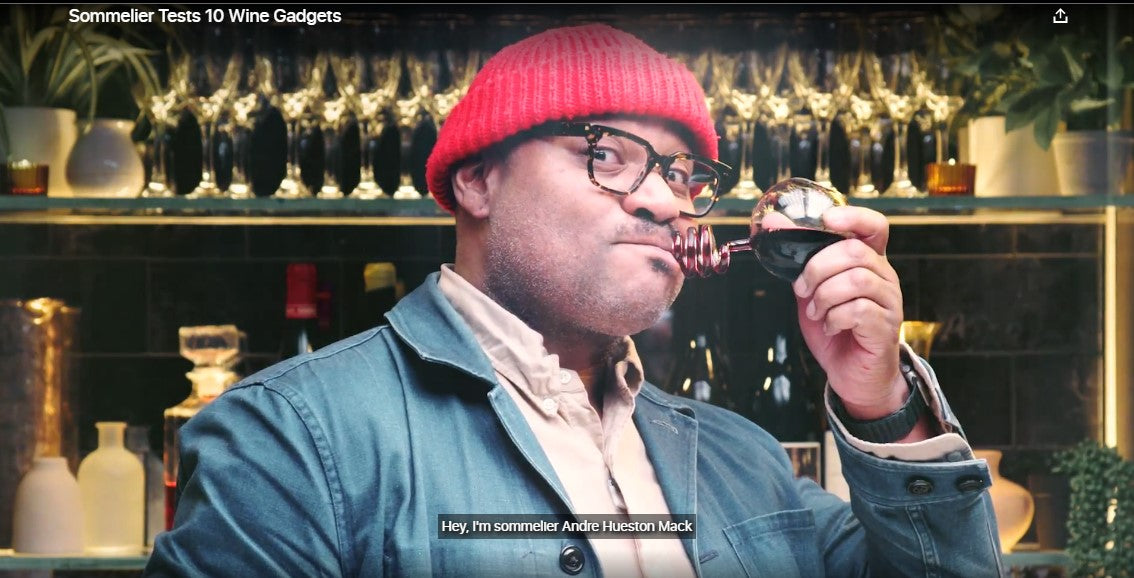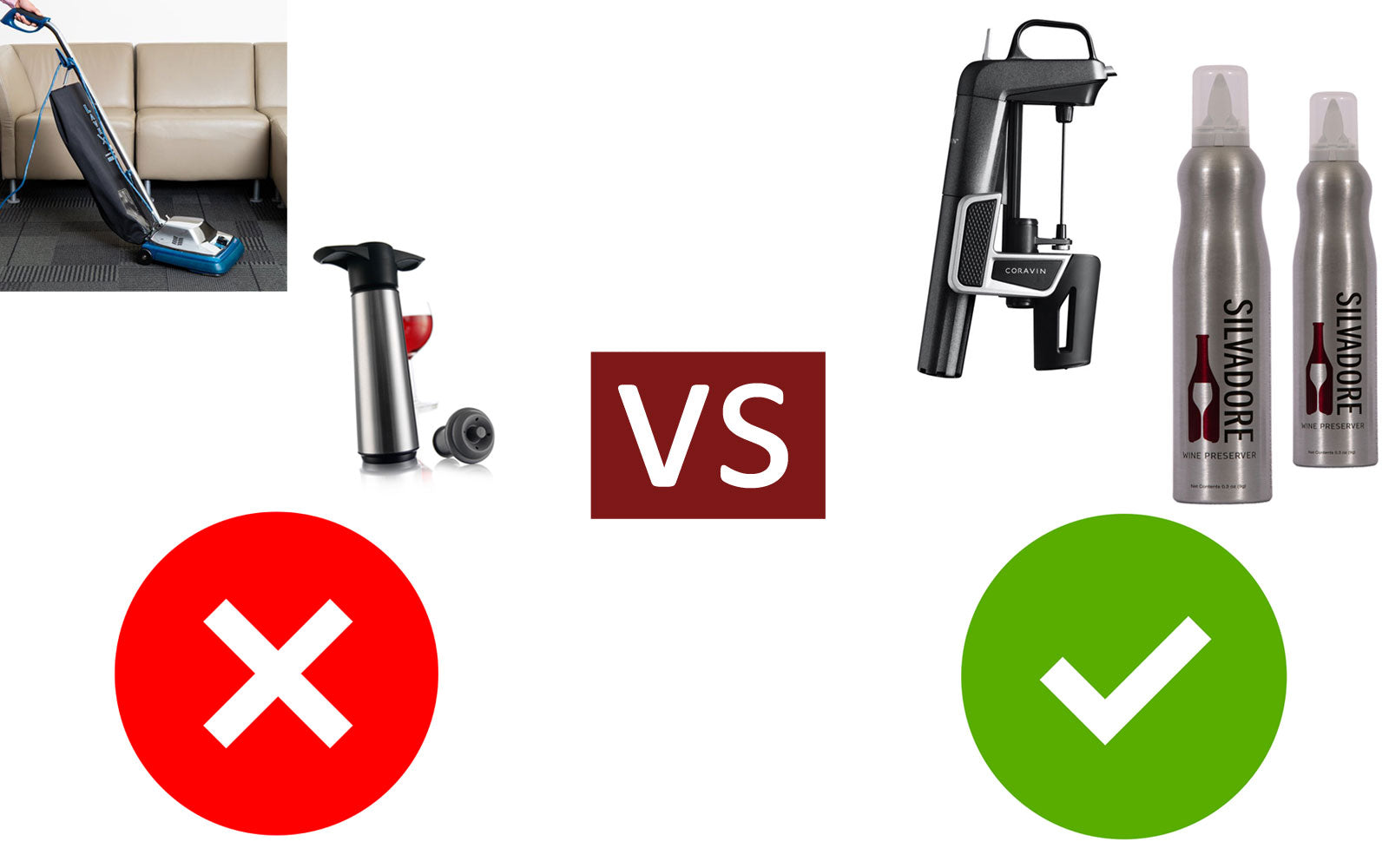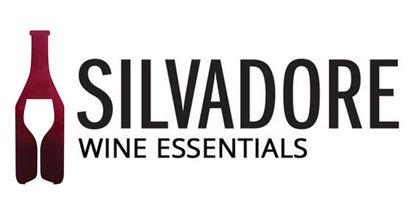Your Cart is Empty
get free shipping on orders over $50!
get free shipping on orders over $50!
Add description, images, menus and links to your mega menu
A column with no settings can be used as a spacer
Link to your collections, sales and even external links
Add up to five columns
Add description, images, menus and links to your mega menu
A column with no settings can be used as a spacer
Link to your collections, sales and even external links
Add up to five columns

Top Ways to Preserve an Open Bottle of Wine at Home
Last Edited: September 29, 2021
There are a lot of wine preservation methods out there, and literally hundreds of wine accessories claiming to preserve wine. From over 15 years of working in the wine industry, including very closely in and around different wine preservers and preservation systems, I've formed a pretty strong opinion. This opinion is backed by years of industry experience with methods that work, and some that don't.
The different preservation methods are subject to various perspectives and opinions (mine included). Important things to remember about wine preservers include:
- Wine flavor of an open bottle can be retained and the experience enhanced by using an effective preserver (see our article "Why Do Open Bottles of Wine Go Bad?")
- Wine preservers should be environmentally friendly, and with a low carbon footprint
- Wine preservation can be easy and cost effective (or, it can be more expensive and glamorous if you want that) (see our article "How Much Does it Cost to Preserve A Bottle of Wine at Home?")
- Using a wine preserver at home enables many different wine experiences that you may not have enjoyed before
However, we've narrowed down the "Top Methods to Preserve and Open Bottle of Wine"below, as they represent the most common methods to preserve wine at home.
We describe the Top Wine Preservation methods and allow you to form an opinion. However, judge a wine preserver by not only by what you read below, but what you experience in real life. Try some different methods and see if you agree with us. We think you will.
By the way, regardless of what method you prefer, the real importance of wine preservation is its ability to expand your wine experience and pleasure. Think about wine preservation as not only "saving wine," but about what you can now do!
Using a Wine Preserver can create better and more enjoyable wine experiences for you and your friends!
Open more of a variety you like. Open another bottle to share because you're not as concerned about waste or over consumption. Open a flight and enjoy a fun round of wine tasting with half a dozen bottles - just because you can. Use a wine preserver to Make Your Wine Experiences Better. Here's how...
Quick Summary: Top Methods to Preserve Wine at Home

The Top Wine Preservation Methods Explained
The most common methods to preserve your open bottle of wine include:- Drink the whole bottle. This is often said a little “tongue in cheek”, since certainly if on every occasion you are willing - and able - to drink a whole bottle, the problem would not exist. You have a different problem... But you may only want a single glass. Or you may need to work tomorrow. But, if this is how you drink wine - always drink the whole bottle - preservation just isn't for you.

- Do Nothing. As it states, roll the dice and hope the taste stays relatively fresh until you want another glass from the bottle. The cheapest and least complicated method, if you want to call not preserving wine at all a method! If you intend to drink the rest of the bottle later that evening or at most tomorrow night, and you don't mind a small degradation in flavor, doing nothing for 24 hrs is super cheap and easy...

- Refrigeration. This is a simple means to extend the shelf life of a bottle since lowering temperatures slows down oxidation. It's a reason why you don't as readily experience "wine gone bad" with open bottles of white wine. You might taste "something different", but not enough to be an issue. By refrigerating the bottle, less oxidation occurs. However, it does still occur and depending on the bottle, flavor changes can still happen quickly. However, although not very effective, this is an inexpensive method to preserve for an overnight.

- Vacuum. These systems use a suction method in an effort to extract all of the “air” out of a bottle. The principle is that eliminating the air prevents oxygen from reacting with the surface of the wine. There are electric versions (like Bermar) and manual pumps (like VacuVin), that try to reduce the amount of oxygen in the bottle. Vacuum systems are generally inexpensive and are made by many different brands. A similar concept to vacuum is oxygen scavengers. Scavengers use a chemical reaction to reduce oxygen levels instead of attempting to create a vacuum. The issue with vacuum methods, though, is they aren't very effective. It is simply not possible to create a true vacuum inside the bottle, so the oxygen that remains oxidizes the wine. The "vacuum" reduces the amount of oxidization, but it still happens and affects the taste of the wine. You will likely notice the flavor change within 24-48 hours.
- Solid Separation. This approach relies on placing some form of solid separation barrier between the wine and the air in the bottle, thus preventing oxidation by keeping the wine and the air apart. Kind of goofy, difficult to implement with any precision, and uncertain and unreliable effectiveness. Examples of this type are Air Cork (formally known as the Wine Balloon) and Wine Shield. Both try to place a solid barrier on top of the wine. The effectiveness breaks down when there are gaps in the surface coverage, allowing oxidization to continue.

- Gas Barrier. Using a gas to create an invisible barrier between the air and the surface of the wine. The gas (usually a nitrogen/argon mix in closed systems or 100% argon in both closed and open systems) is inserted into the open bottle via a spray nozzle or needle. 100% argon is invisible, odorless, tasteless, and naturally occurring. Neutral gas barriers are widely recognized as the most effective wine preservation method, with products being developed for both home and commercial use. In fact, 100% Argon is the preservation method of choice for most vineyards to keep their wine stable and tasting fresh. Argon solutions can be expensive or inexpensive, depending upon the device and delivery method. For wine preservation systems (like Napa Technologies), capital costs for the equipment for home units are $3,000 or more. For bottle top units (like Coravin), unit costs range from $200-$850. Both of these delivery methods require disposable cartridges containing the Argon to operate. A more inexpensive and simpler method to deliver Argon is using a recyclable aluminum can - like Silvadore Wine Preserver.
But What's the Best Way to Preserve an Open Bottle of Wine at Home?
The natural question after learning about all of these different methods is...what is the BEST WAY to preserve wine?
We believe the best way to preserve an open bottle of wine is to use 100% Argon. Only 100% Argon creates an odorless, colorless, harmless protective layer between the surface of the wine and the air that causes oxidization.
There are at least 3 Different Types of Wine Preservers that use 100% Argon, and we recommend all three types. Which one you chose depends on your budget, counter space, and interest in interacting with devices.
Important points to consider certainly include cost and value. However the first priority is that the wine preserver actually works - its efficacy. Does the method actually preserve the fresh taste of the open bottle of wine? Highest efficacy is attained with 100% Argon gas.
After ensuring the method uses 100% Argon gas, then consider price/value considerations, personal preferences, and ease of use. The value you gain from using a wine preserver quickly justifies the low time and effort required. (For a fun look at all the new wine experiences you can enjoy once you embrace wine preservation, see our blog "All the Things You Can Do Now That You Preserve Your Wine").
The Bottom Line
From our industry experience and all the information above, we believe 100% Argon is the most effective method to preserve an open bottle of wine. Your decision then comes down to which delivery system makes the most sense for you and your particular situation.
For several important reasons - including cost, ease of use, and ability to preserve multiple bottles at the same time - we recommend 100% Argon in a recyclable aluminum can. This includes products like ArT, VineyardFresh, and our own Silvadore.
If you haven't tried preserving a bottle of wine at home, now is a great time to test it out for yourself. Order a can of Silvadore Wine Preserver today and begin enjoying the benefits of a better wine experience!
Shop for Coravin or Silvadore Wine Preserver on Amazon:
1 Response
Leave a comment
Comments will be approved before showing up.
Also in Better Wine Experiences At Home

Fun Video: Sommelier Tests 10 Wine Gadgets - from Bon Appetit
April 17, 2023
Fun and engaging video from a Sommelier / Bon Appetit, taking 10 Wine Gadgets to the woodshed to find out how legit - or not - they are...
Read More
Why Use a Wine Preserver At Home?
March 21, 2023
You don't have to be a wine expert - or spend a lot of money - to enjoy better tasting wine at home. Learn why you should use a wine preserver at home to get tons of great benefits. Find out more...
Read More
Vacuum Pumps Suck - by Design and Poor Science
March 21, 2023
If you want to preserve the fresh taste of your open bottle of wine for another day, don't suck. Create a 100% argon barrier to stop the oxidation, and place your bottle in a cool and dark place. Just don't trust the "click"...
Read More Silvadore - A Better Wine Experience
Consumers buy and enjoy better tasting wine. Wine businesses sell more and better quality wine. Silvadore enables both to serve and enjoy A Better Wine Experience.



Nolan Grisham
March 10, 2023
Dear silvadorebrands.com owner, You always provide valuable information.